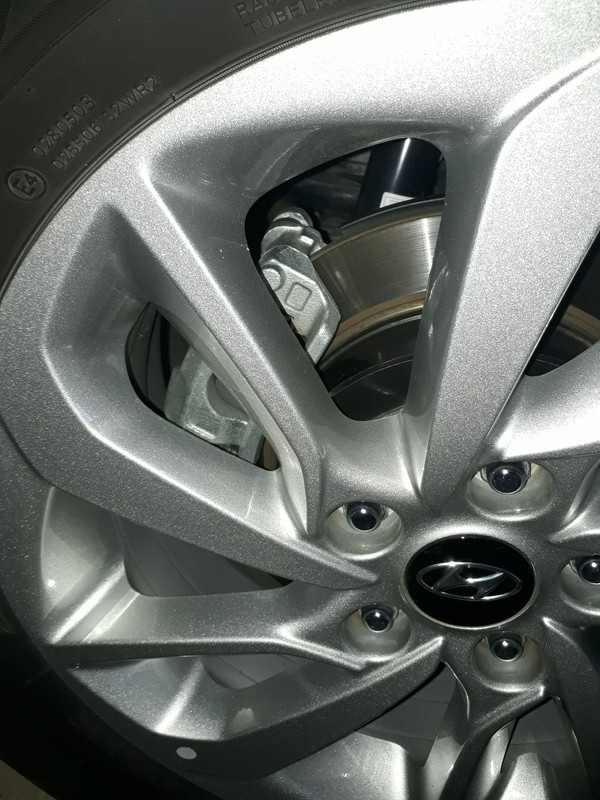Miris novog automobila i rak.
Research: The smell of new cars increases the risk of cancer
The results of a new study by American and Chinese researchers find that car materials, when new, release carcinogenic volatile compounds, which create the characteristic smell of a new car , but in concentrations above safety limits.
The study, published in Cell Reports Physical Science, measured the levels of 20 substances in a car parked outside for 12 days. Materials in the study car included plastics, imitation leather, knitted fabric and felt.
When fresh out of the factory, these materials release a variety of compounds into the air. Their concentration in the cabin air was found to fluctuate periodically as the surface temperature fluctuated between 21 and 63 degrees Celsius, depending on weather conditions.

The researchers then calculated the expected exposure for taxi drivers who stay behind the wheel for 11 hours a day, as well as for passengers who spend 1.5 hours in the car each day.
During the hot hours of the day, when the heat releases volatile substances into the cabin, levels of the carcinogen formaldehyde exceeded the maximum limits in China by 35%, while levels of acetaldehyde, which is considered a possible carcinogen, exceeded safe limits by 61% , the researchers report. Another carcinogen, benzene, was detected at levels considered unsafe for drivers but not for passengers.
The estimated exposure of drivers and passengers to three volatile substances. Anything above the red line is considered potentially unsafe.
The findings add to a previous study which showed that sitting in a new car for just 20 minutes exposed occupants to unhealthy levels of benzene and formaldehyde, with occupants 10% more likely to develop some form of cancer.
The characteristic new car smell is a mixture of plastic, glue, leather and fabric smells. The problem is found in volatile organic compounds (VOCs) and mainly in compounds such as acetaldehyde, acrolein, benzene, ethylbenzene, formaldehyde, styrene, toluene and xylene, which are emitted from the interior of a new car and have have been shown to cause, among other things, allergic reactions, eye irritation, dizziness, sneezing, difficulty breathing, headache and nausea. The intensity of the symptoms is affected by the concentration of particles in the air, which are associated with the exposure of new cars to high temperatures and the sun.
With China's regulators considering introducing regulations on air quality inside a new car to protect the health of drivers and passengers, it is understood that the stricter regulations will make the smell of new cars a old memory.
Lawmakers in Europe, China and the rest of the world want to introduce regulations that will force manufacturers to use new, odorless substances. In Europe, the UNECE (United Nations Economic Commission for Europe) has been dealing with this issue since 2014 and in June 2020 it proceeded to renew its directives on the specifications and control of air quality in the interior of new cars, providing governments the necessary tools to introduce their own regulations.
So far, no country of the Old Continent has adopted the UNECE guidelines, but this will happen soon, so the smell of "newness" will be a thing of the past.





















